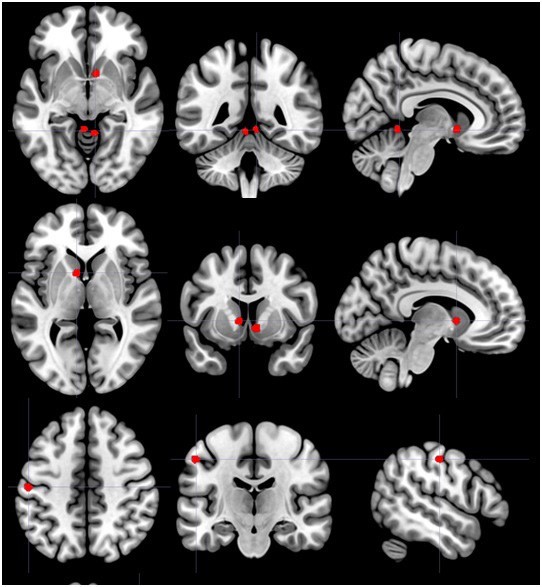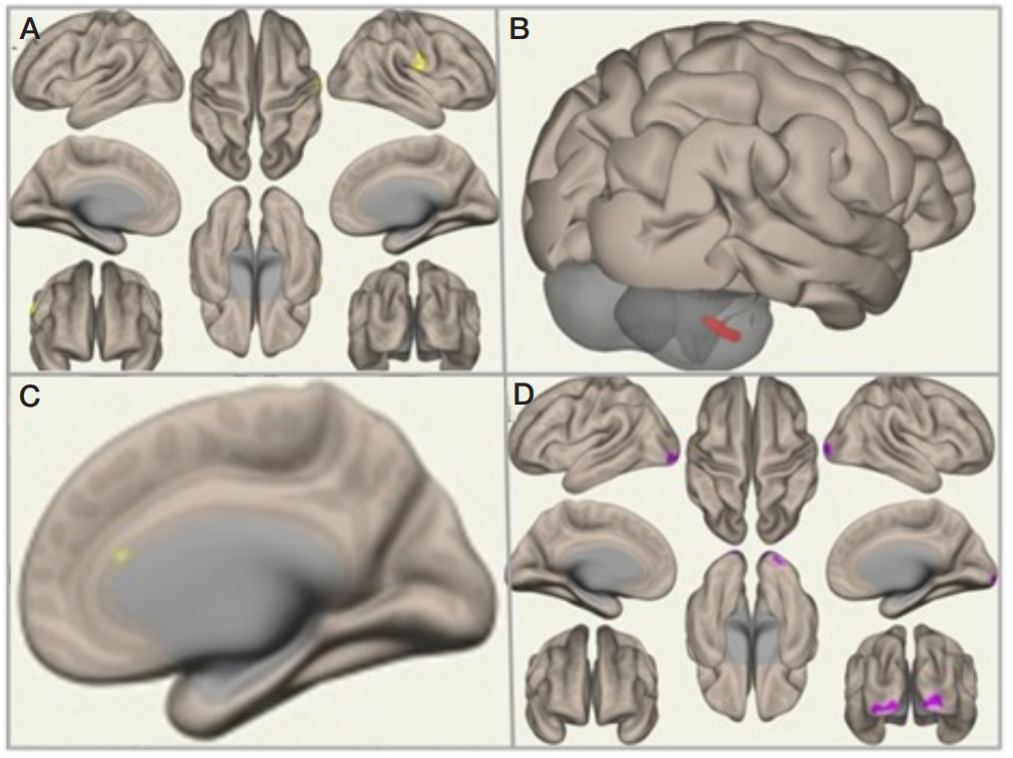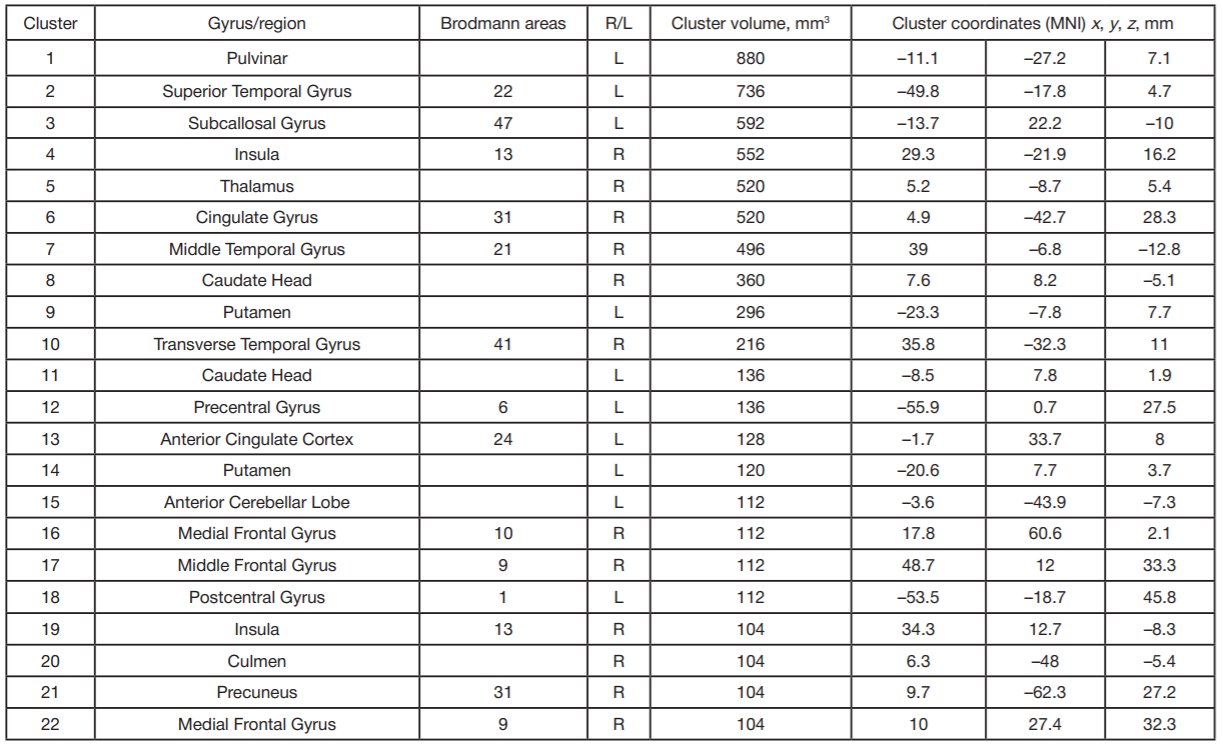
This article is an open access article distributed under the terms and conditions of the Creative Commons Attribution license (CC BY).
ORIGINAL RESEARCH
Structural and functional biomarkers of efficacy of navigated repetitive transcranial magnetic stimulation in therapy for trigeminal neuralgia
Research Center of Neurology, Moscow, Russia
Correspondence should be addressed: Alexandra G. Poydasheva
Volokolamsckoe shosse, 80, Moscow, 125367; ur.ygoloruen@avehsadyop
Author contribution: Poydasheva AG, Bakulin IS, Suponeva NA designed and planned the study; Poydasheva AG analyzed the literature; Poydasheva AG, Sinitsyn DO collected and analyzed the obtained data, wrote the draft version of the manuscript; All authors participated in editing the manuscript.
Compliance with ethical standards: the study was approved by the local Ethics Committee of the Research Center of Neurology (Protocol № 9–4/16 dated October 5, 2016) and complied with the Declaration Helsinki; informed consent was obtained from all study participants.





